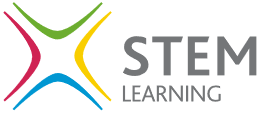Or search by topic
Number and algebra
Geometry and measure
Probability and statistics
Working mathematically
Advanced mathematics
For younger learners
Probability - Stage 4
Which Spinners?



Can you work out which spinners were used to generate the frequency charts?
Last One Standing



Imagine a room full of people who keep flipping coins until they get a tail. Will anyone get six heads in a row?
The Better Choice



Here are two games you can play. Which offers the better chance of winning?
Same Number!



If everyone in your class picked a number from 1 to 225, do you think any two people would pick the same number?
Mathsland National Lottery



Can you work out the probability of winning the Mathsland National Lottery?
Who's the Winner?



When two closely matched teams play each other, what is the most likely result?
Chances Are



Which of these games would you play to give yourself the best possible chance of winning a prize?
Odds and Evens Made Fair



In this follow-up to the problem Odds and Evens, we invite you to analyse a probability situation in order to find the general solution for a fair game.
In a Box



Chris and Jo put two red and four blue ribbons in a box. They each pick a ribbon from the box without looking. Jo wins if the two ribbons are the same colour. Is the game fair?

You may also be interested in this collection of activities from the STEM Learning website, that complement the NRICH activities above.

